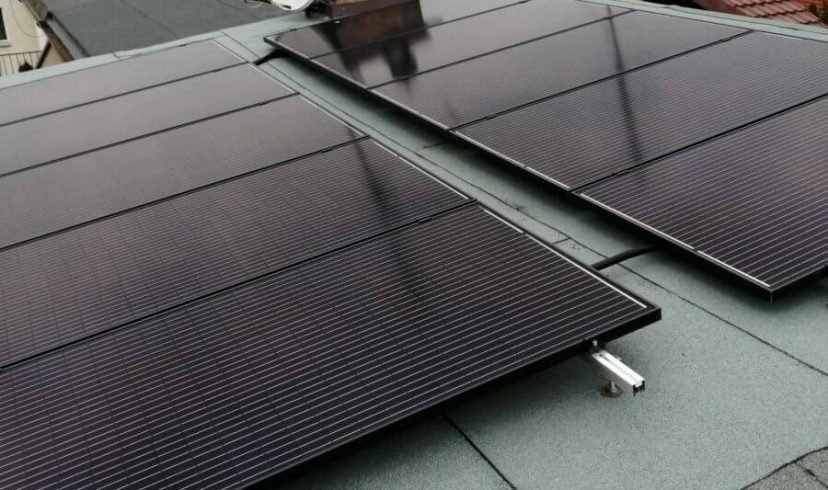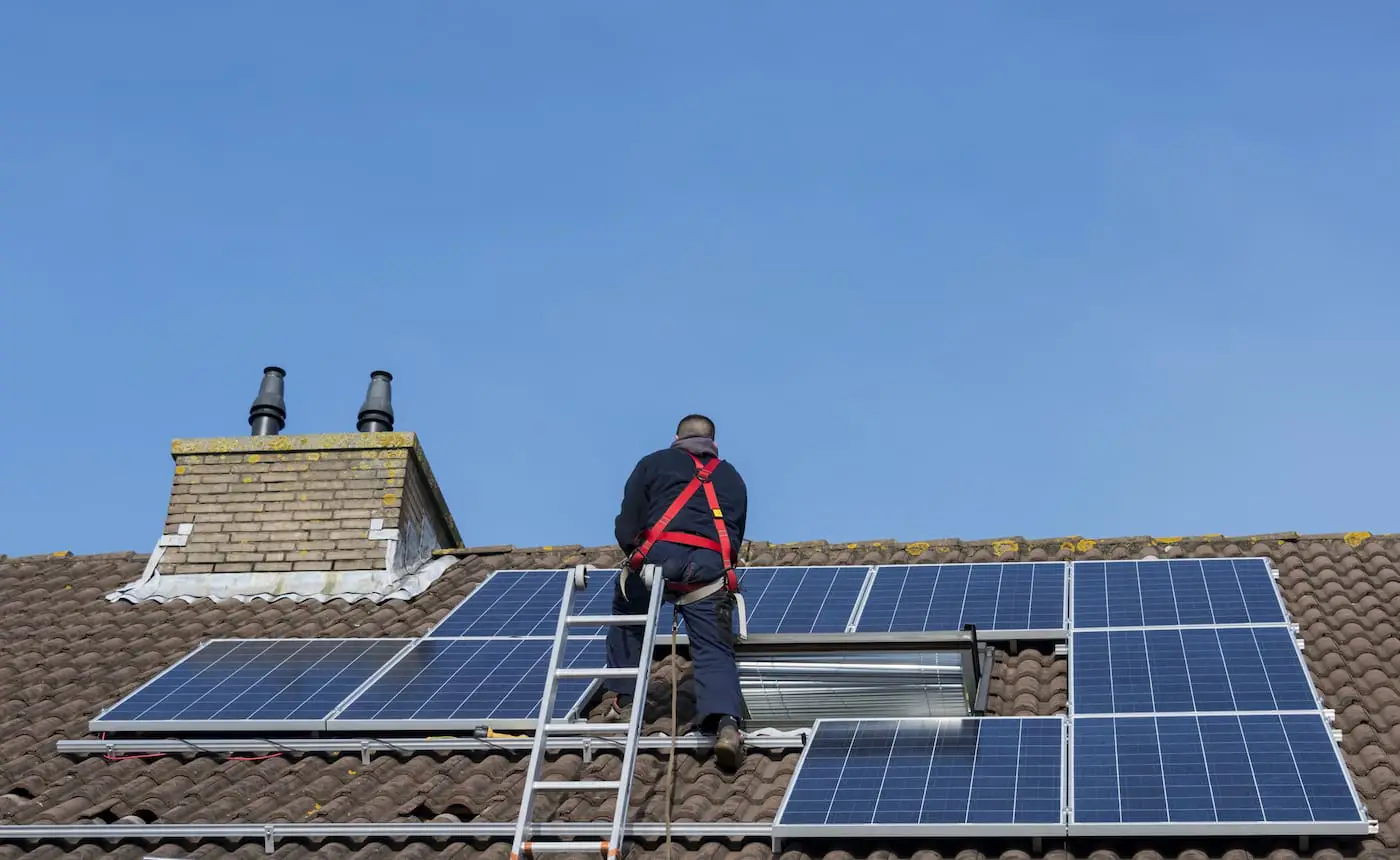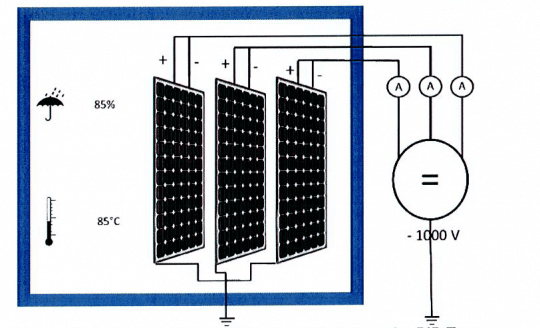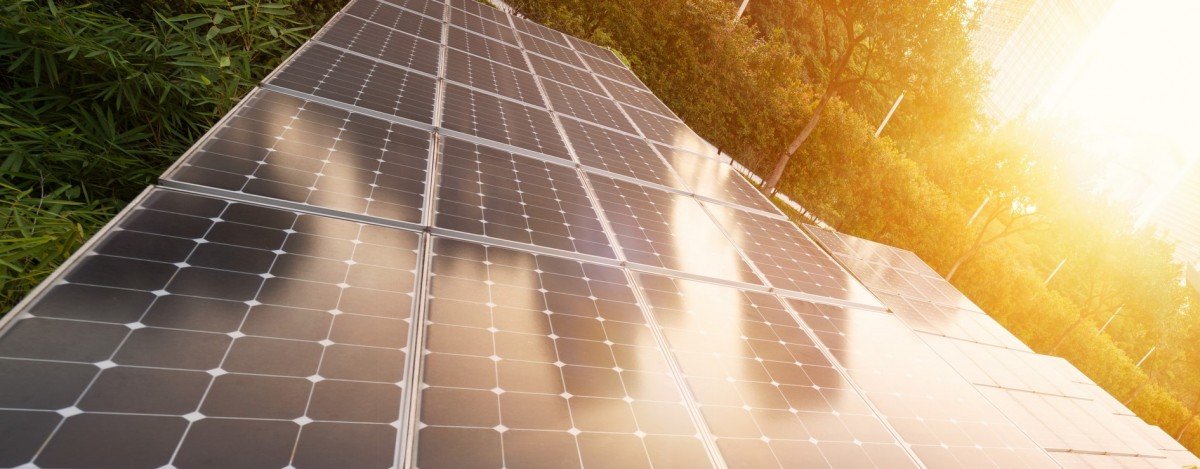
Does the temperature affect photovoltaic solar panels?
Solar energy is harnessed through the use of solar panels, they are devices that generate electricity using energy from the sun. Does the temperature affect photovoltaic solar panels? We will try to answer this question below.
Temperature is a variant that is closely related to the performance of solar panels. And it is that, all the solar panels of the different photovoltaic installations work optimally in certain conditions. Therefore, yes, if there is a temperature effect on solar panels.
Does the temperature affect photovoltaic solar panels?
Now, exactly how does temperature affect solar panels? How can we calculate the performance that solar panels are having based on the outside temperature? In this article we help you solve all your doubts related to the temperature of solar panels. Pay attention!
Condition and temperature affectation: solar panels and heat
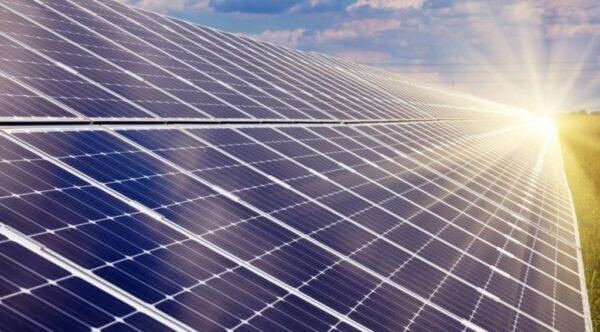
Solar panels work optimally at a certain temperature. This means that if the manufacturer’s recommended limit is exceeded, there may be a loss of performance . It is important to note that the performance loss is minimal when it comes to a temperature increase, but it still has to be taken into account.
In general, solar panels usually work optimally at a temperature between 20ºC and 25ºC . If this temperature is exceeded, the performance of the solar panels drops slightly. To give you an idea, and in general, the performance of solar panels when the temperature is 40ºC is usually 80% —although, yes, the negative effect is offset by the fact that, in general, they tend to have more hot hours. Contrary to popular belief, lower temperatures do not affect the efficiency of the solar panel. The maximum point of solar panel performance is usually when the environment is warm , in winter and without clouds.
In any case, you should know that solar panels are designed to adapt to any temperature range, so they can work from -40ºC to 85ºC. And it is that, it is very difficult for the aforementioned perfect weather conditions to occur, which is why the installation will continue to function in some cases as in other cases —although not at its best, the photovoltaic solar installation is still profitable—.
Solar panel temperature: How to calculate the performance of solar panels for heat?
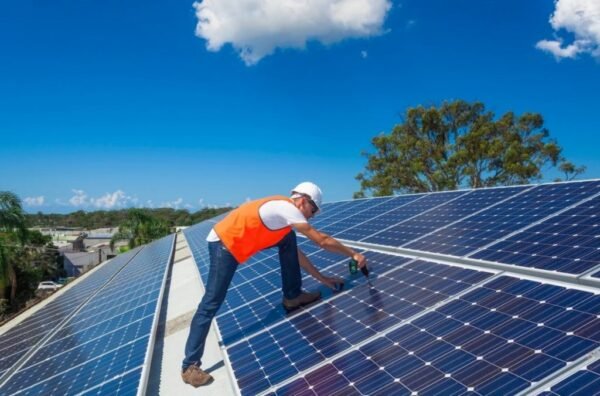
As we said in the previous point, the performance of the solar panels is affected by the increase in temperatures, however, the loss that there is is minimal. In any case, when talking about temperature effects on solar panels, you should know that it is possible to calculate the percentage of loss. But for this you must first be clear about the temperature coefficient of the solar panel .
This measurement, which is indicated on each solar panel, is used to determine the percentage of loss in panel performance based on each degree Celsius that increases above the optimum operating temperature. In general, the temperature coefficient of the solar panel varies between 0.2% and 0.5% for each ºC . Therefore, the closer this measurement is to zero, the better it will withstand the increase in temperature.
Having clarified this point, let’s take a closer look at the example. Suppose that the outside temperature is 30ºC and that the temperature of the panel structure, as well as the roof where the solar panel is located, increases by another 25ºC. We find, therefore, that the temperature of the solar panel at that moment is 55ºC. Well, the next thing you need to take into account is the ideal operating temperature of the panel, with which it was tested. This appears in the product specifications and, in general, it is usually 25ºC, the most common.
The next step will be to subtract the current panel temperature minus the temperature under optimal conditions (55-25 = 30). Finally, you should look at the temperature coefficient and multiply it by the result obtained. If this is 0.2%/ºC, the loss of solar panel performance would be 6%.
How can I prevent overheating of solar panels?
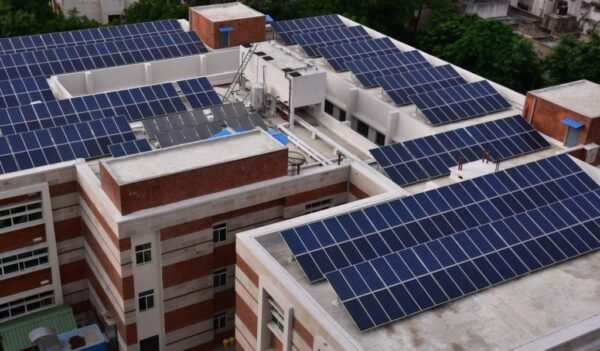
There are several ways to prevent solar panels from overheating to reduce performance loss. In addition, the process to maintain the temperature of the solar panels at an optimal point is relatively simple. The only thing you have to do is the following:
- Install the panels in a special structure : The structures for solar panels allow the plates to be separated from the roof, which prevents them from heating up more due to the roof (apart from solar radiation). The space that remains between the plates and the ceiling leaves a current between both elements with a cooling effect.
- Use solar panels with a cooling system : The latest developments in the world of solar energy include the creation of solar panels with cooling systems. The latter capture the rain and store it in the side frames of the panel so that when temperatures rise, the water is distributed through the sheets and cools them.
- Paint the color of the ceiling or roof : Dark colors absorb more heat, which is why the temperature is higher. For this reason, our recommendation is that you paint the ceiling or roof with light colors, so that the bounce of solar radiation is greater and temperatures decrease.
What are hot spots and how are they related to the increase in temperature of the solar panel?
The hot spots or hot points are related to the temperature of the solar panel, although, in this case, what happens is that the temperature rises at a specific point on the plate —that is, in specific photovoltaic cells—. This causes overheating in a specific part of the system which can lead to the deterioration of the entire panel or a decrease in its useful life. The reason why the hot spots appear is due to the presence of an area with constant shadow on the plate , as well as a failure in the installation , for example, when making a series connection of different photovoltaic solar panels, but with panels of different power, among others. It is important, therefore, to ensure proper installation.


